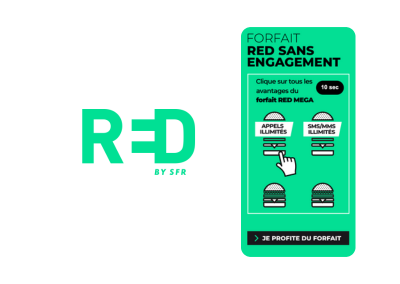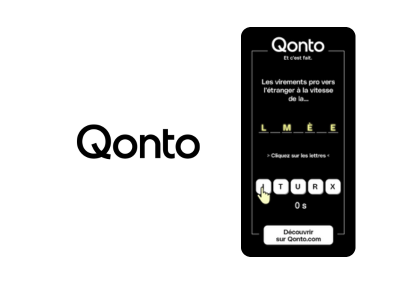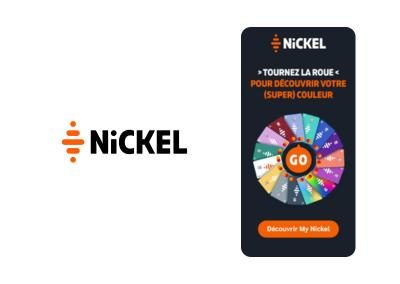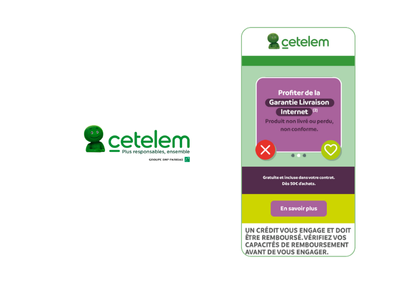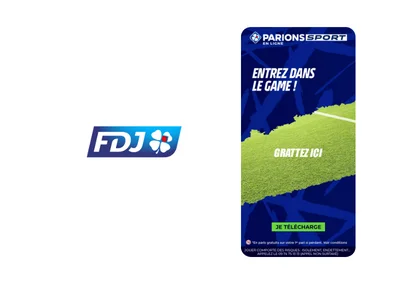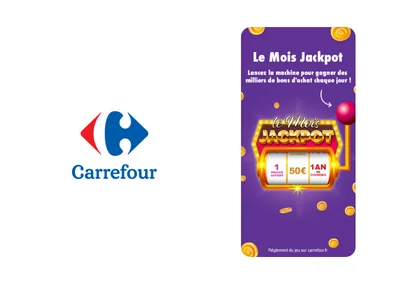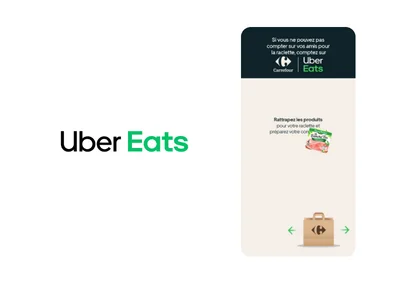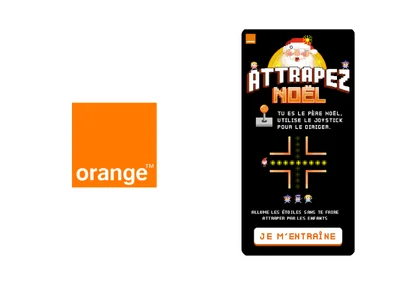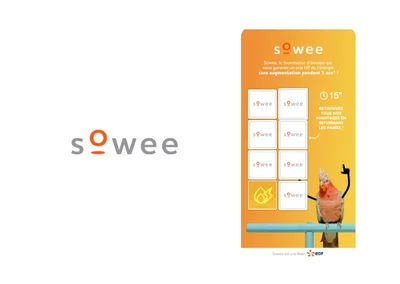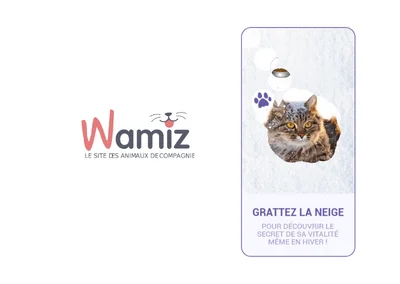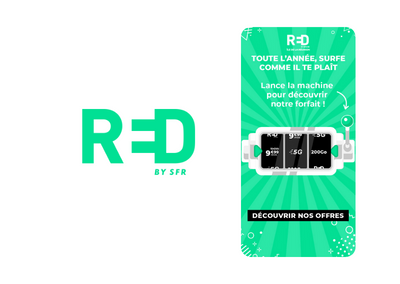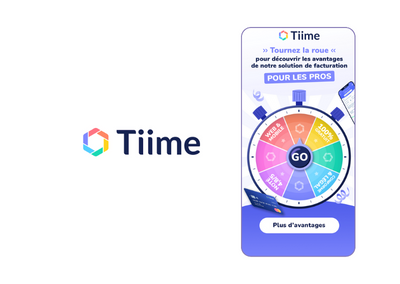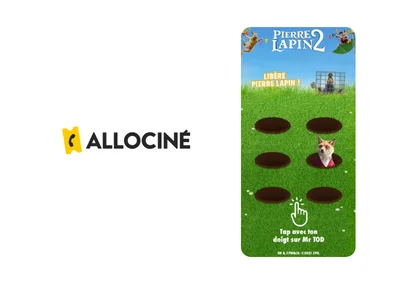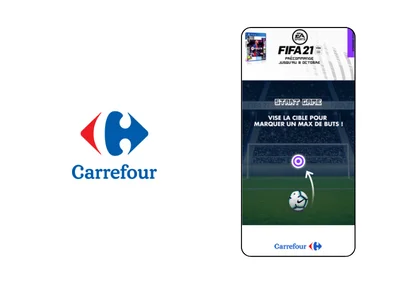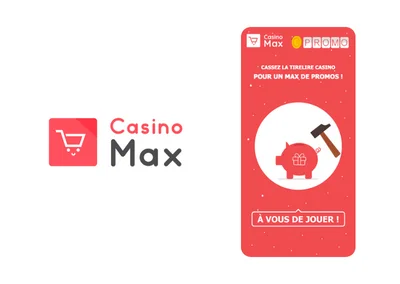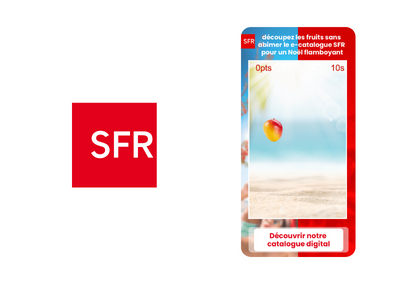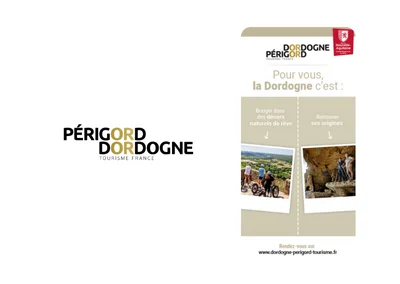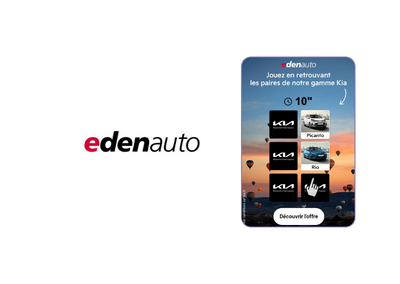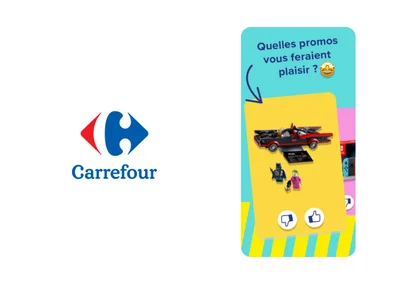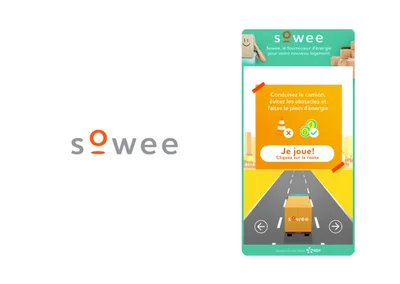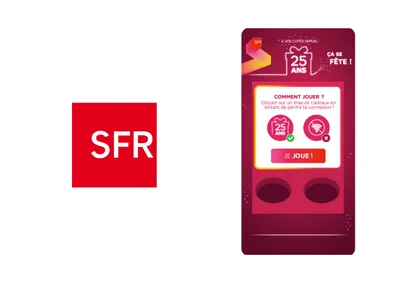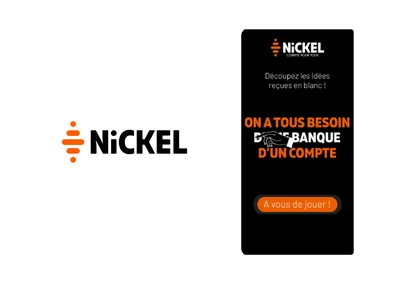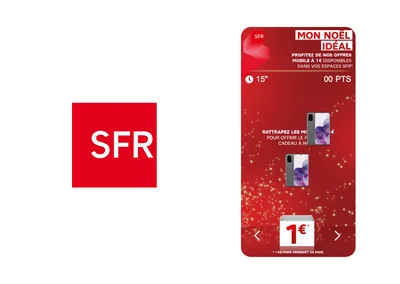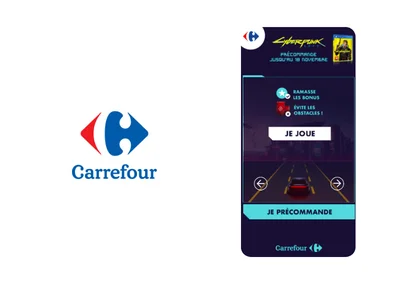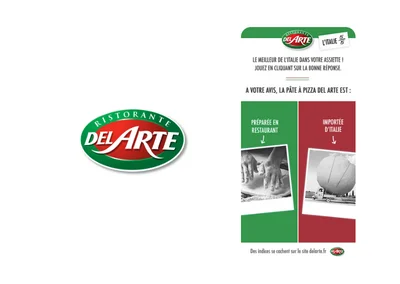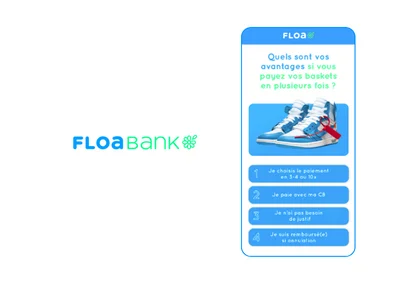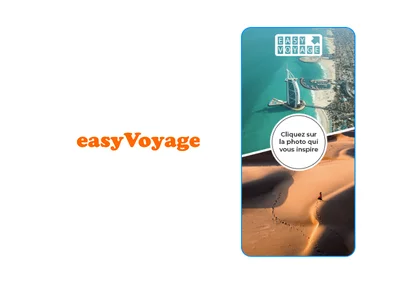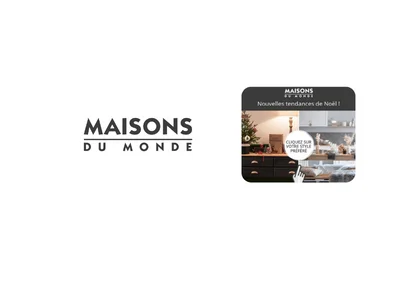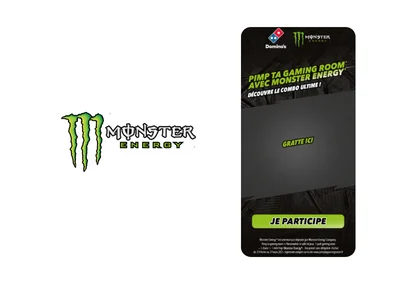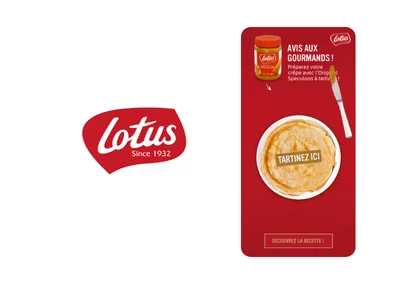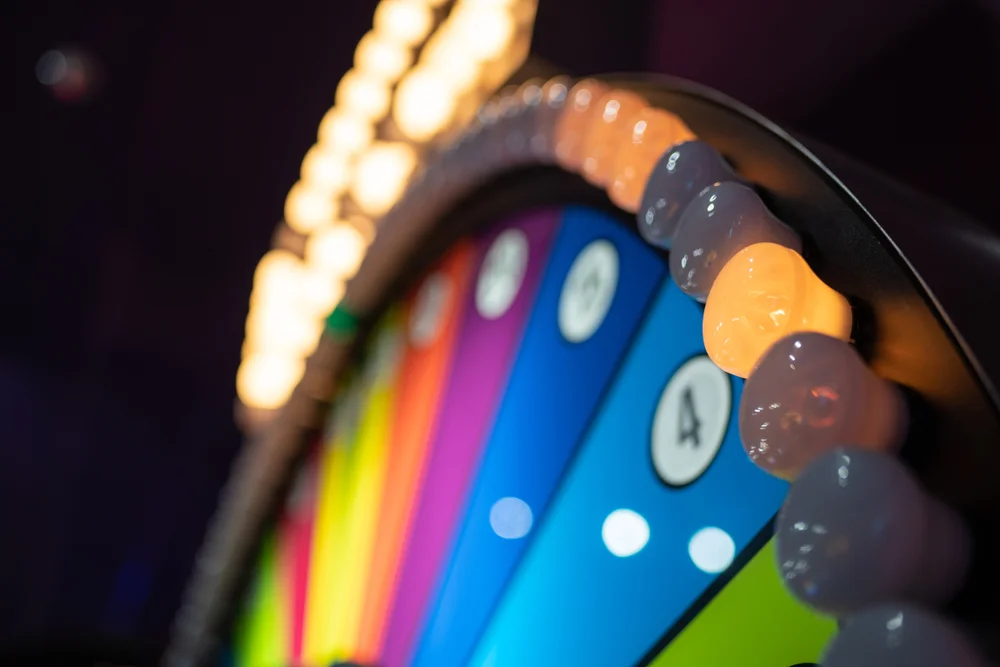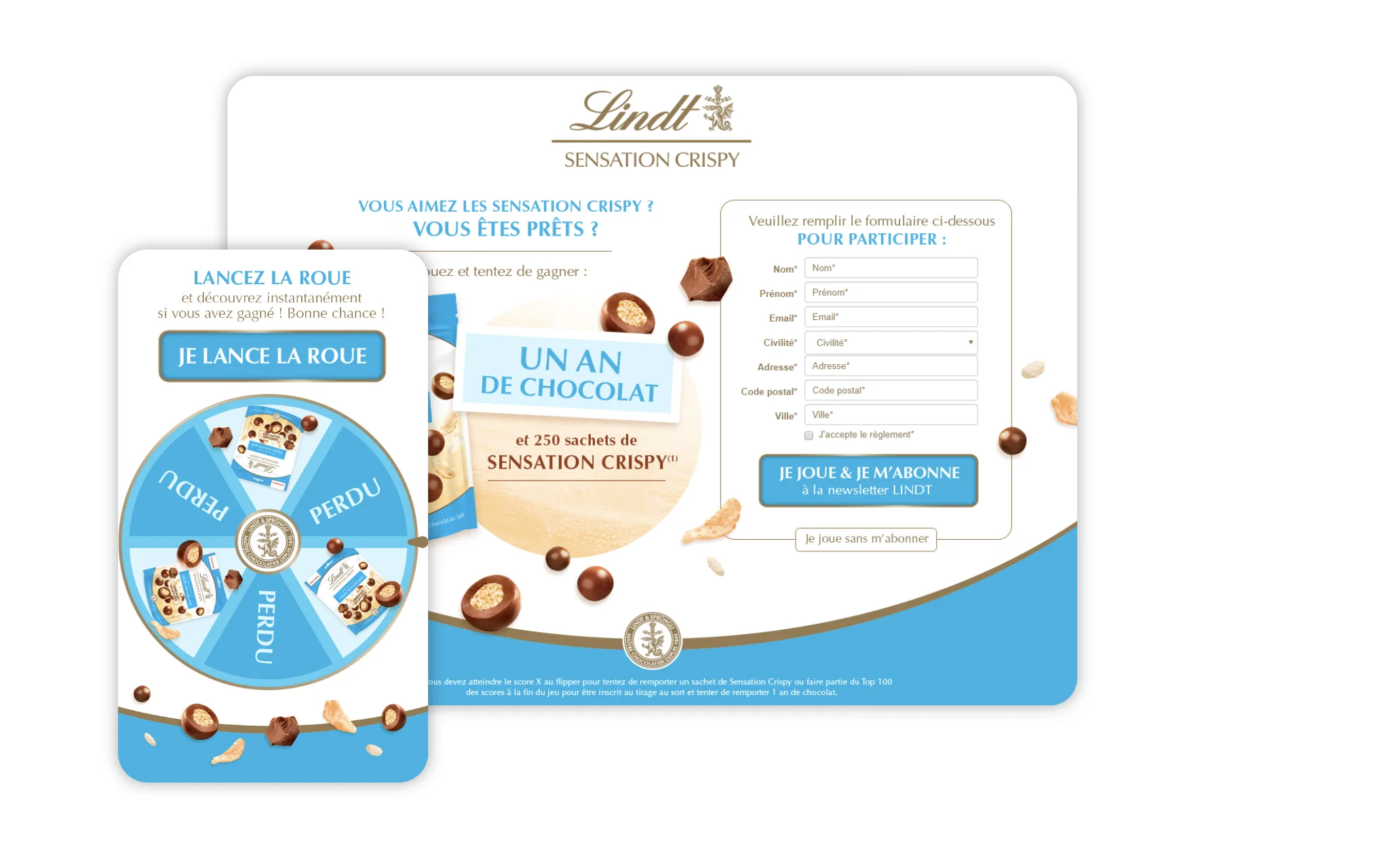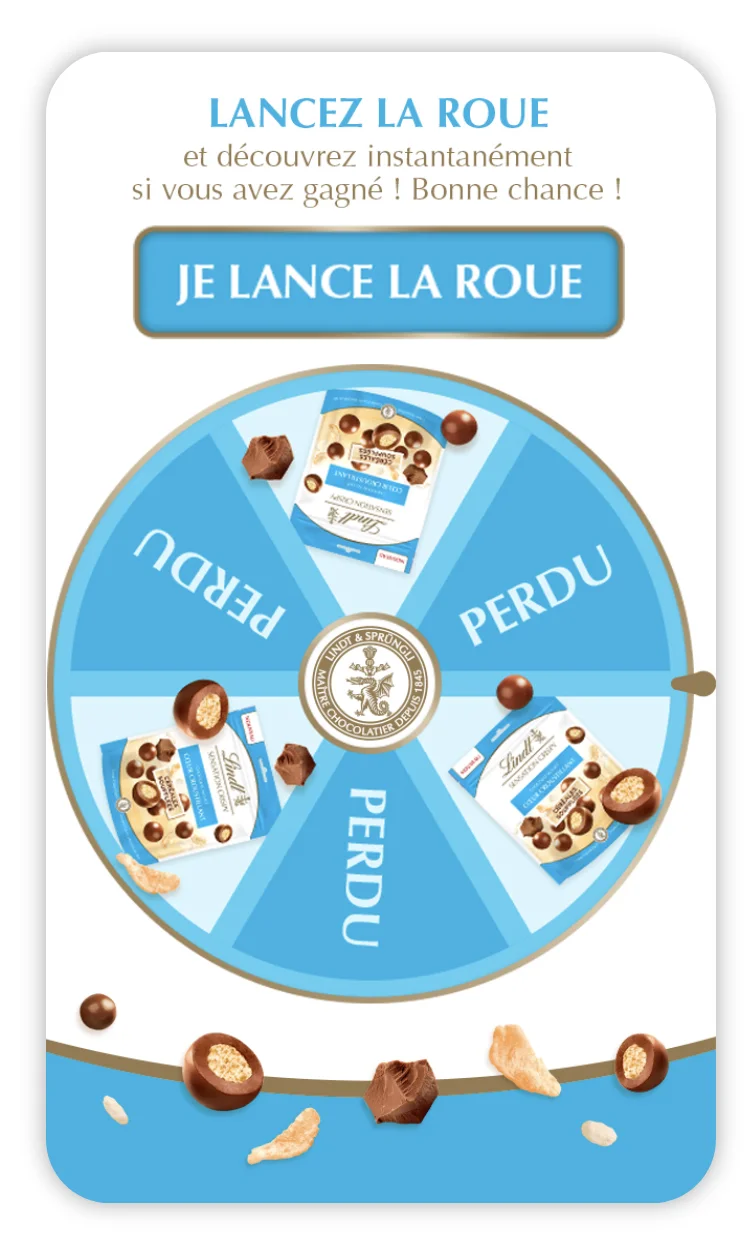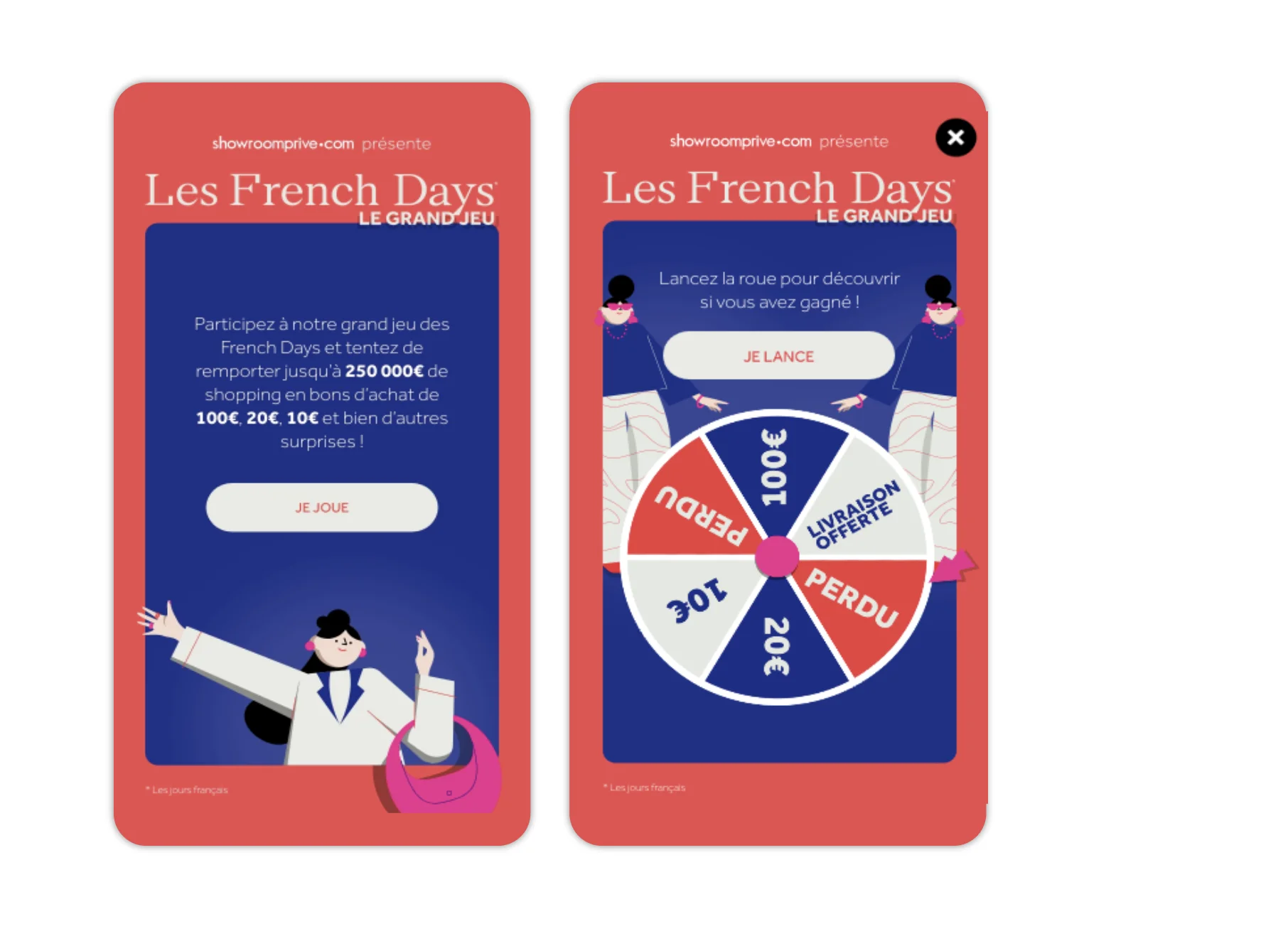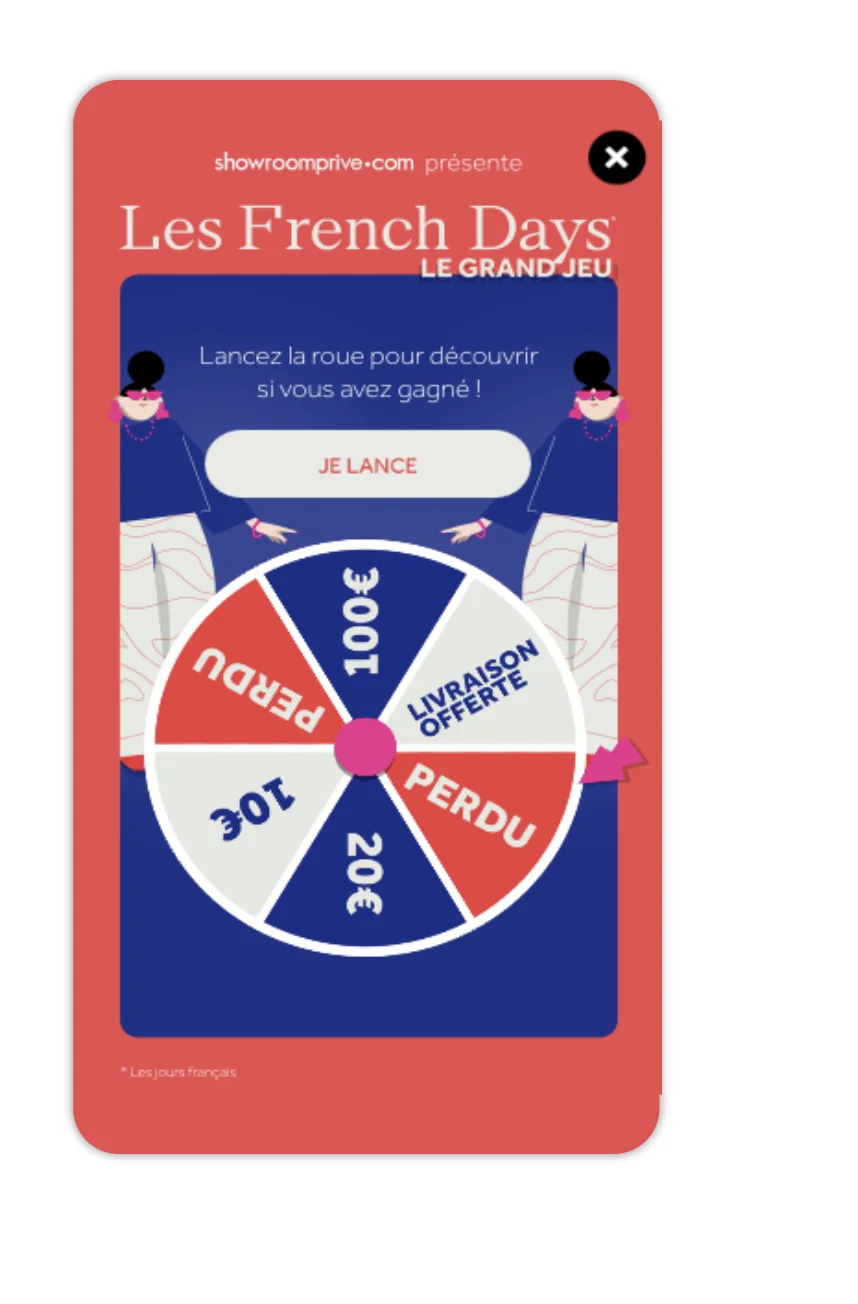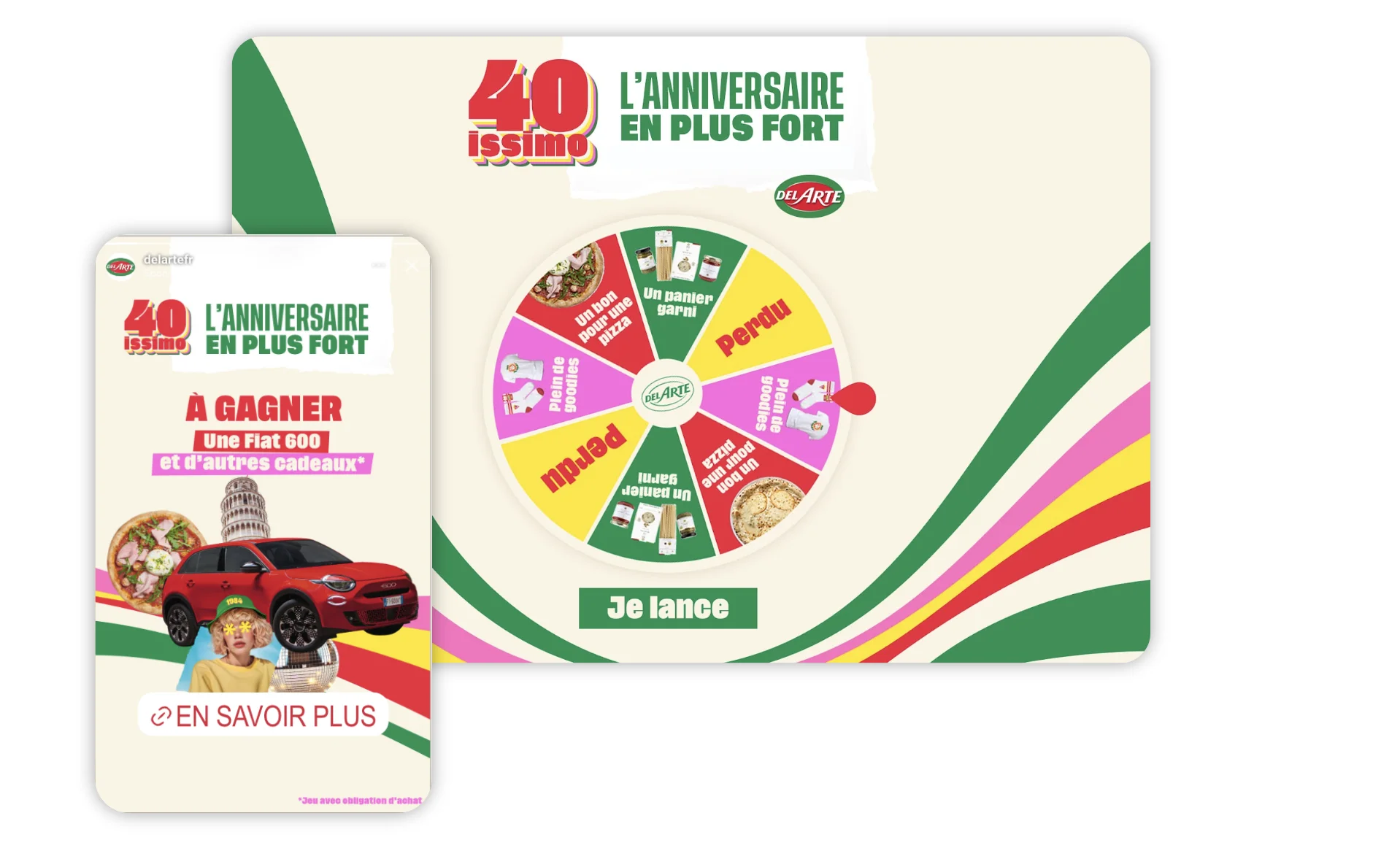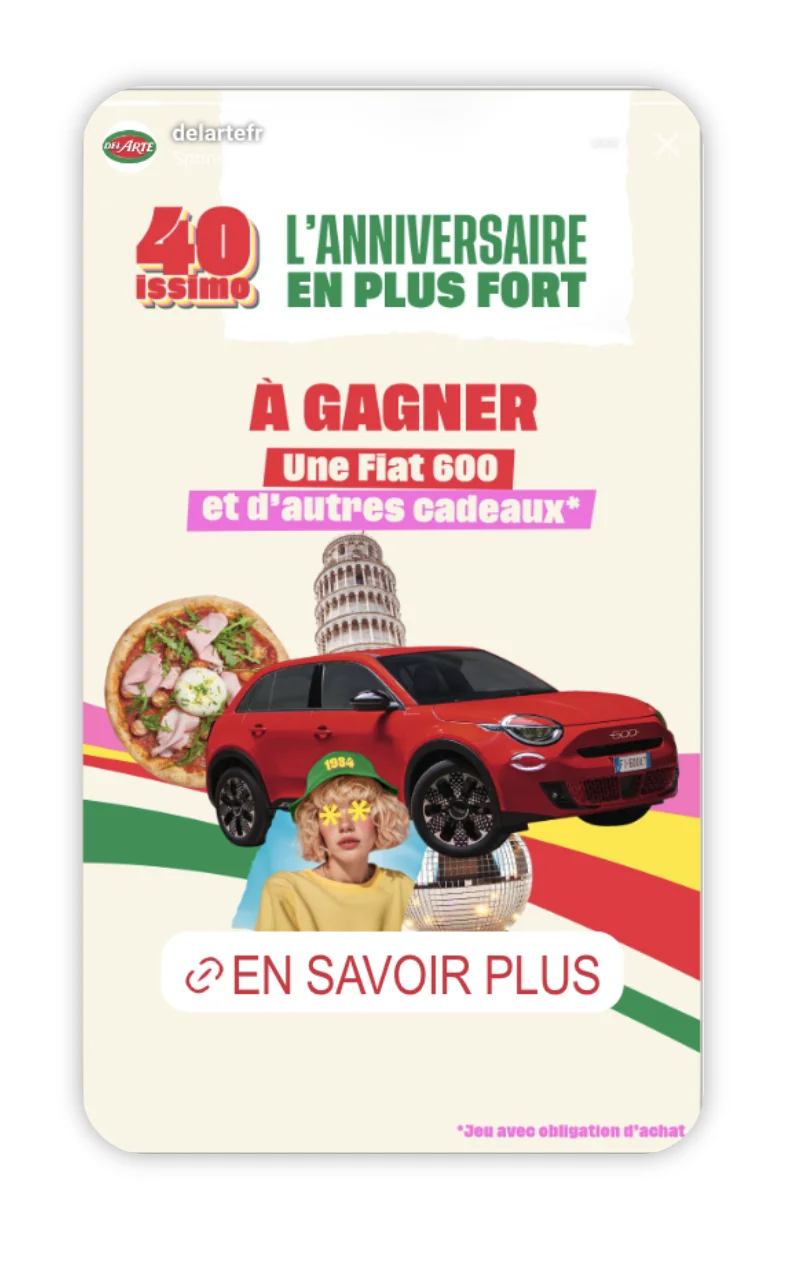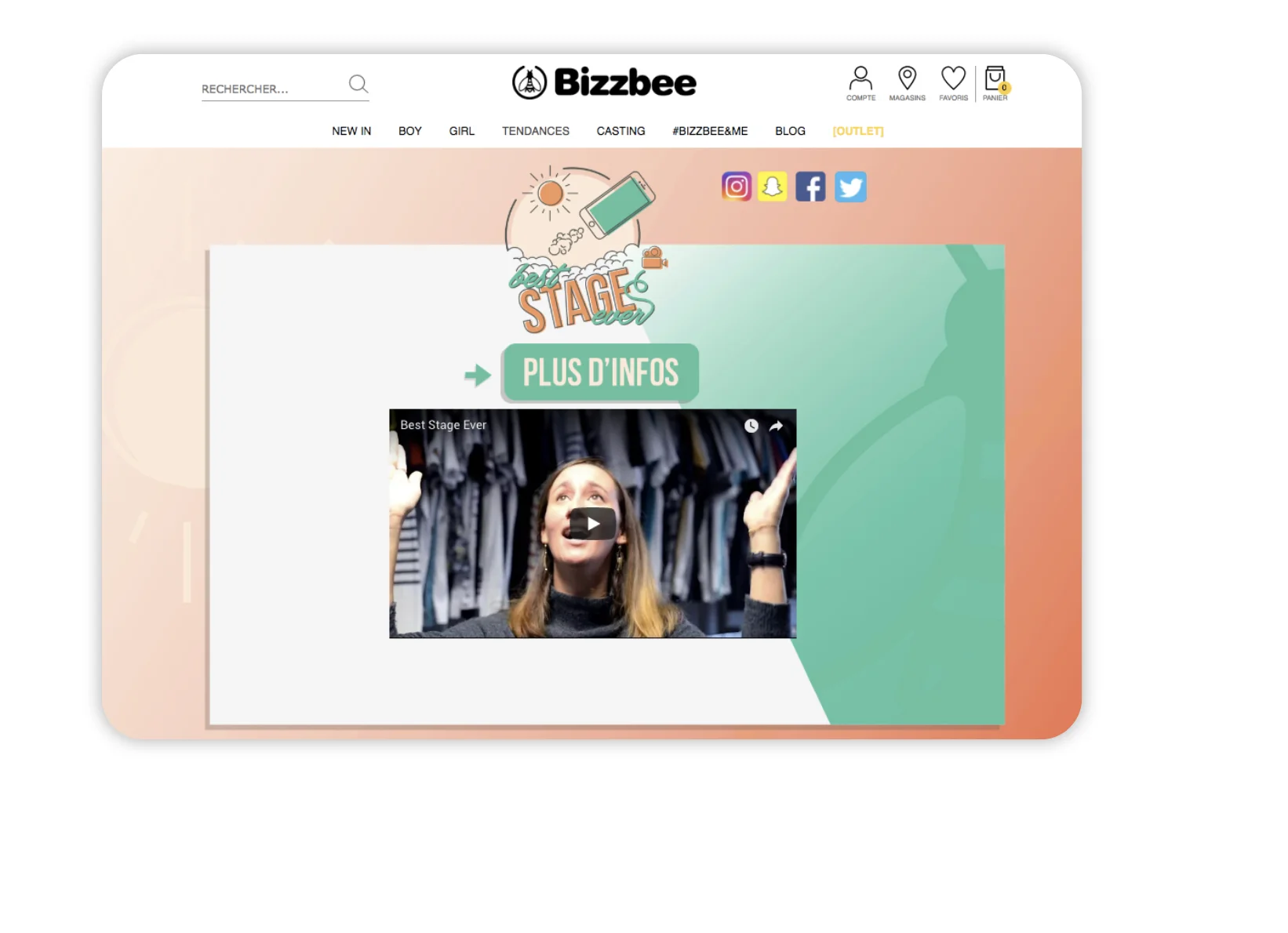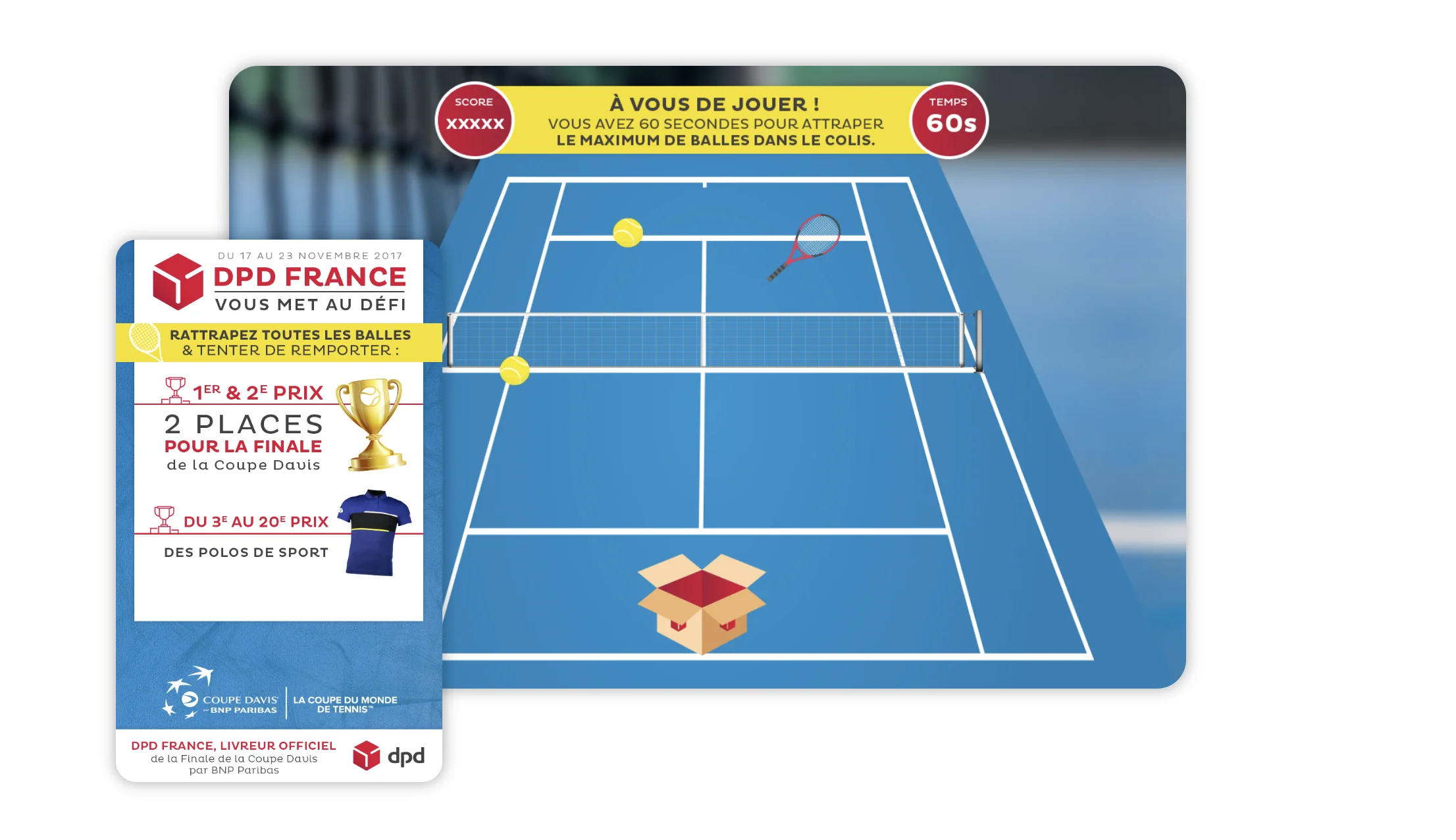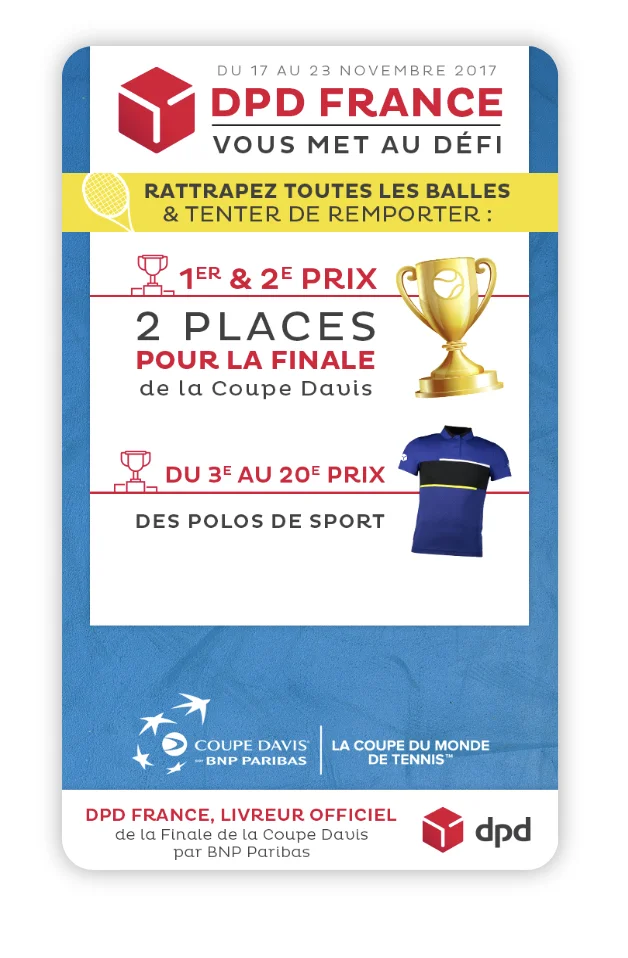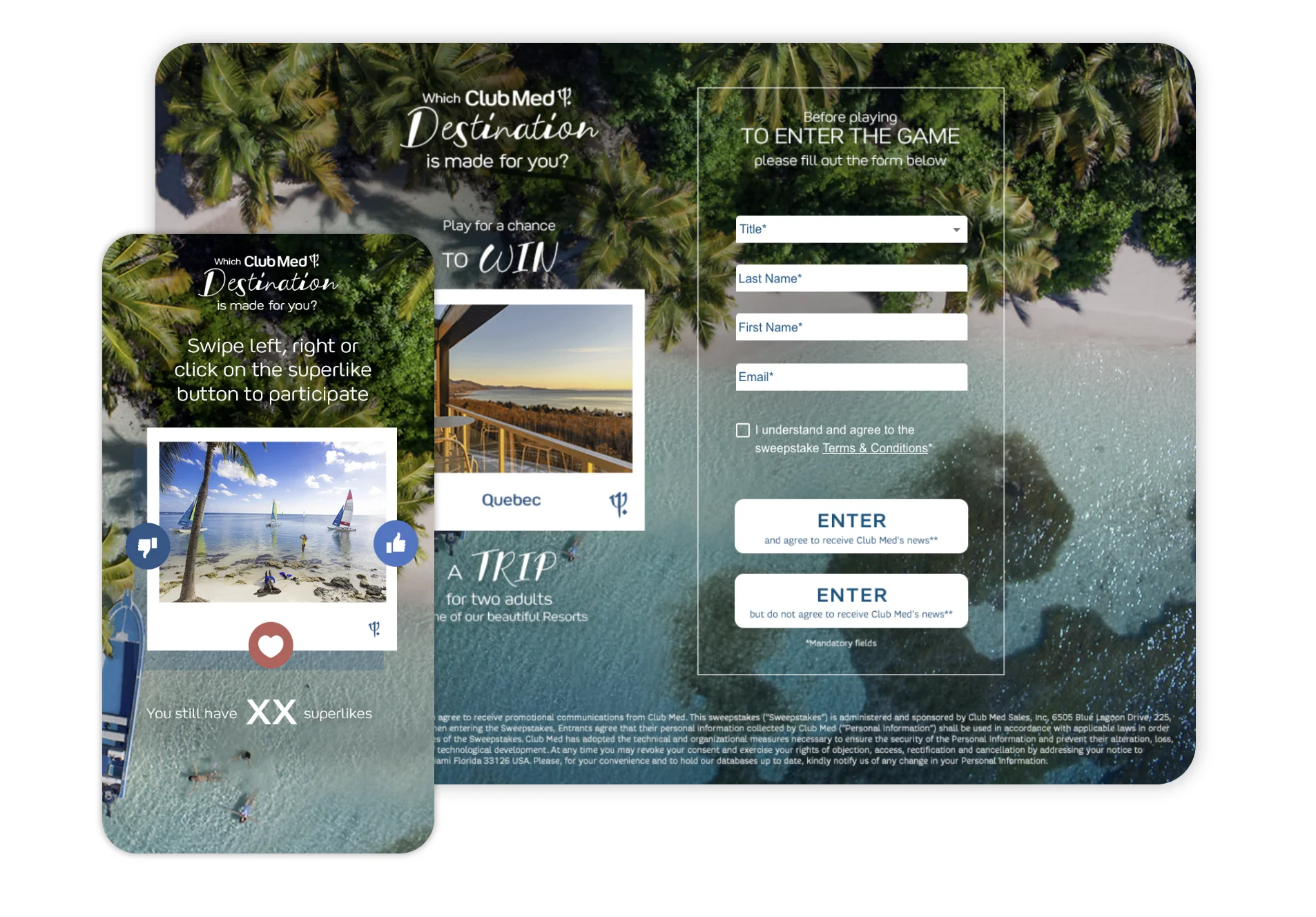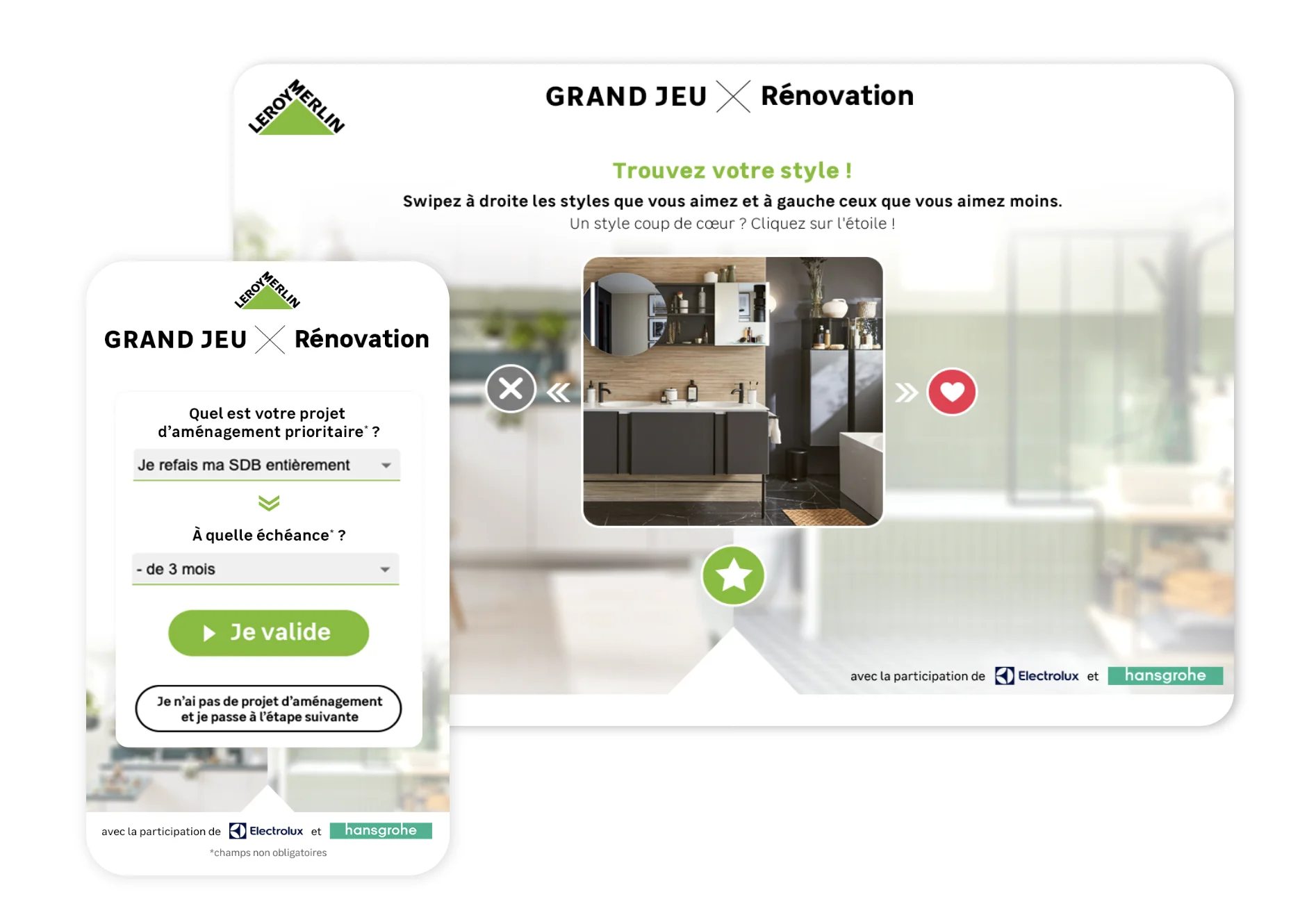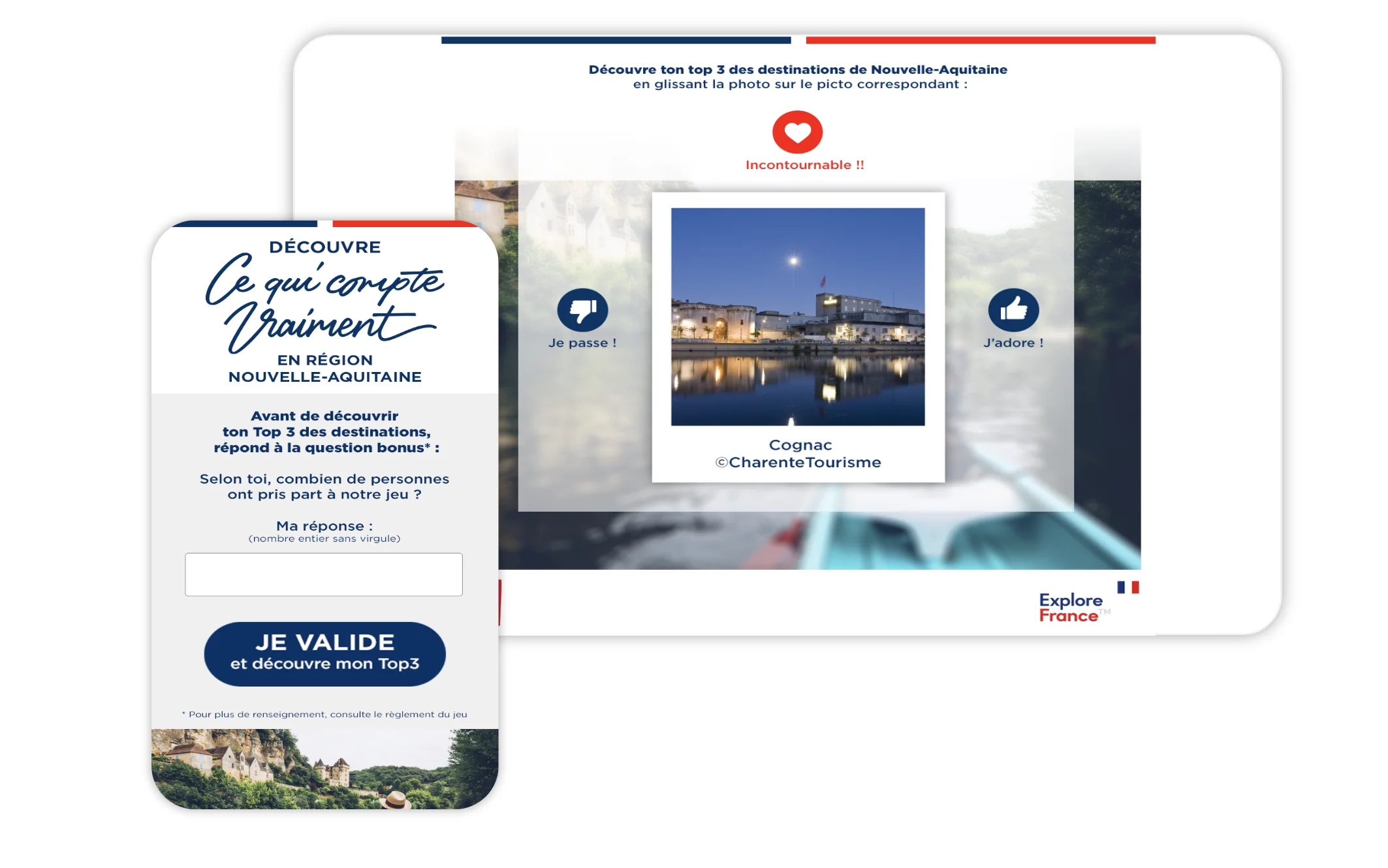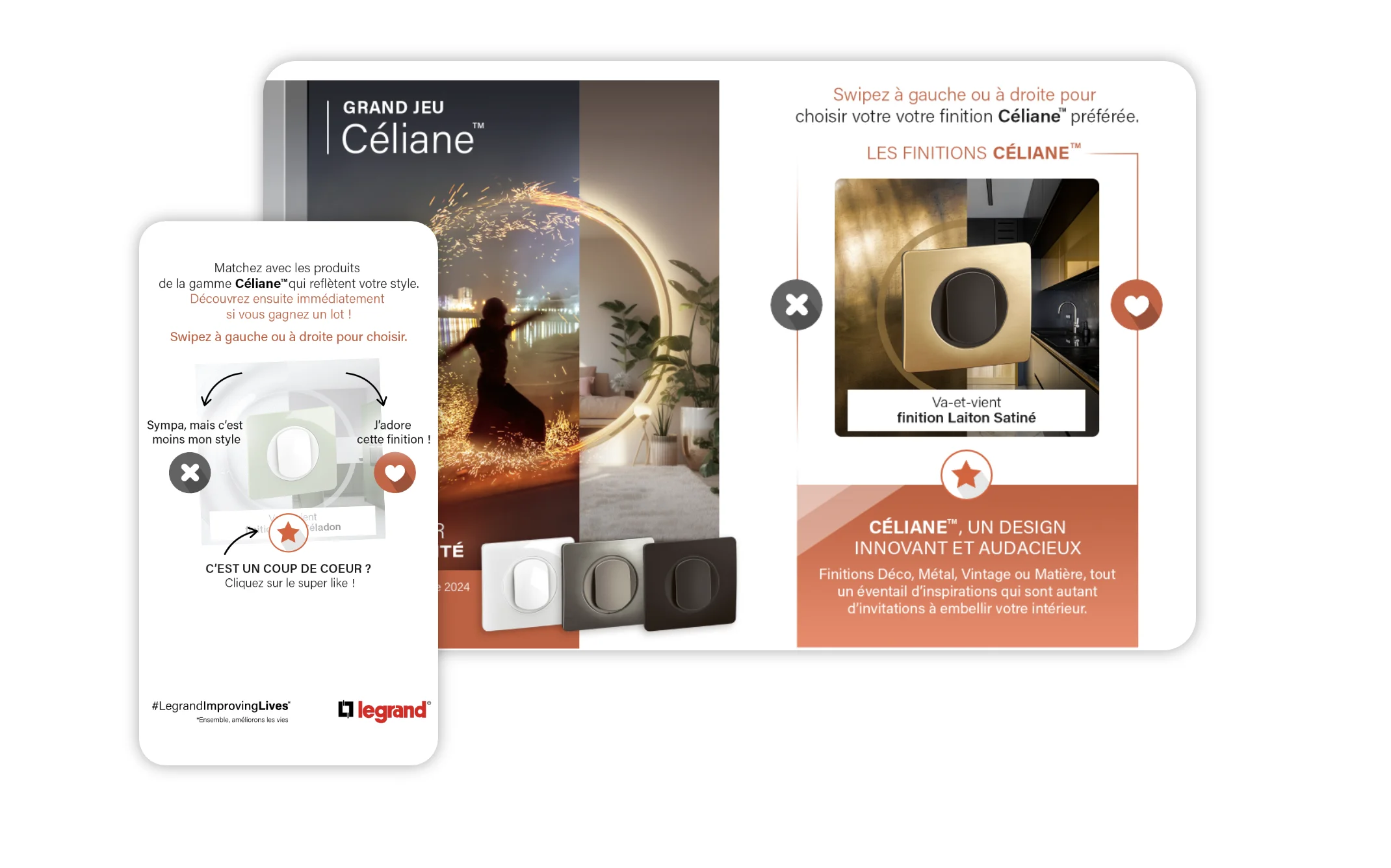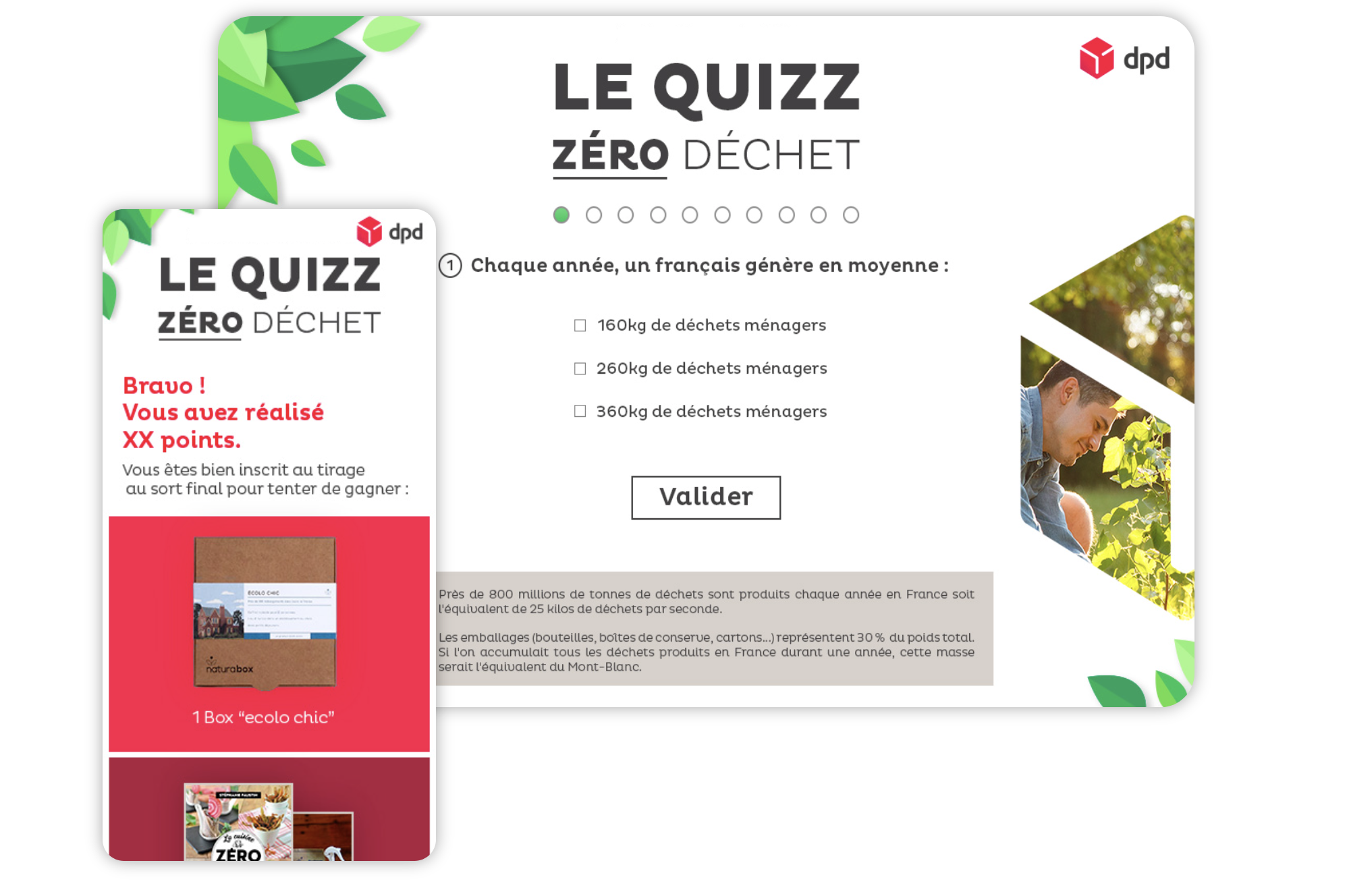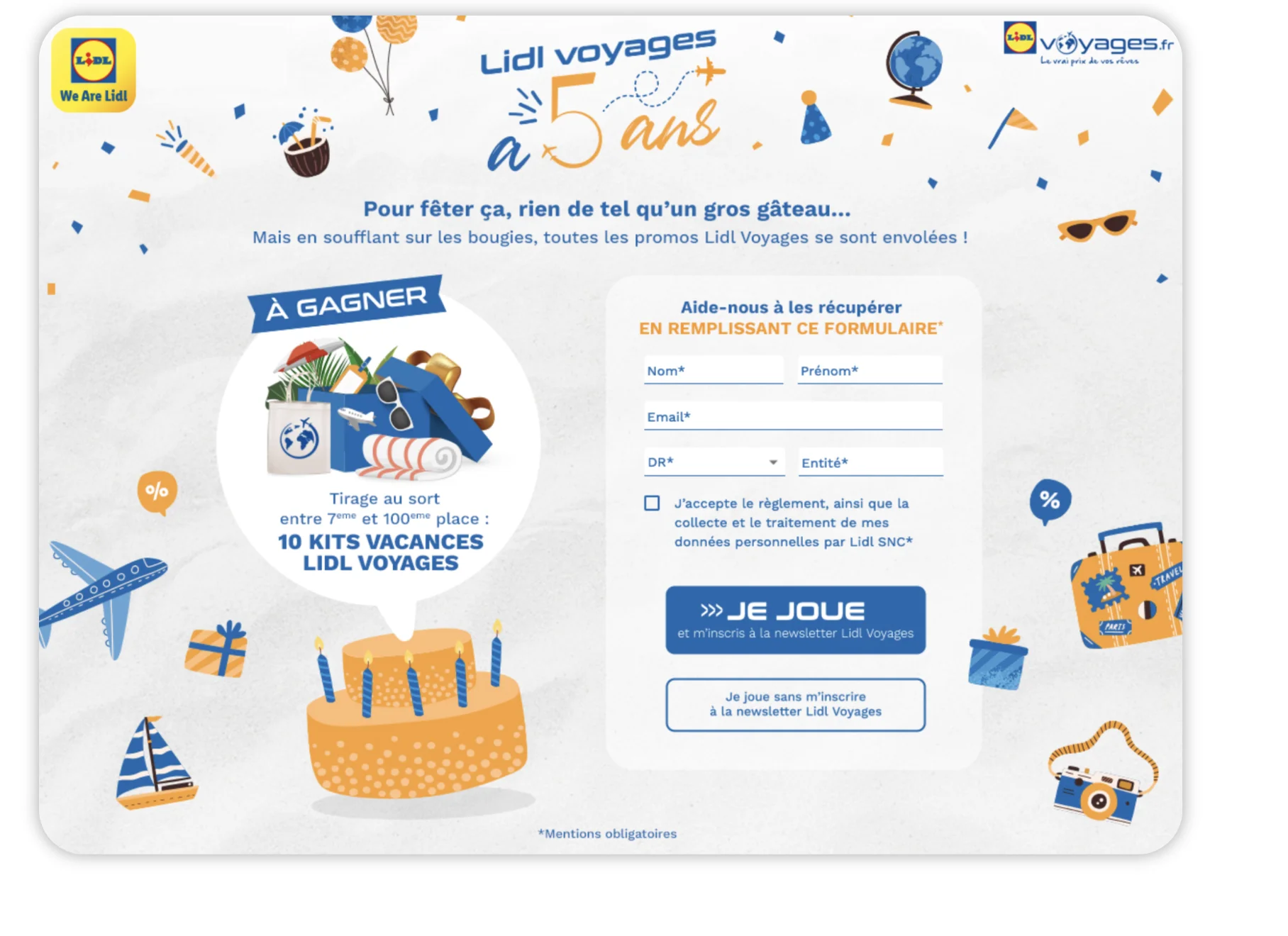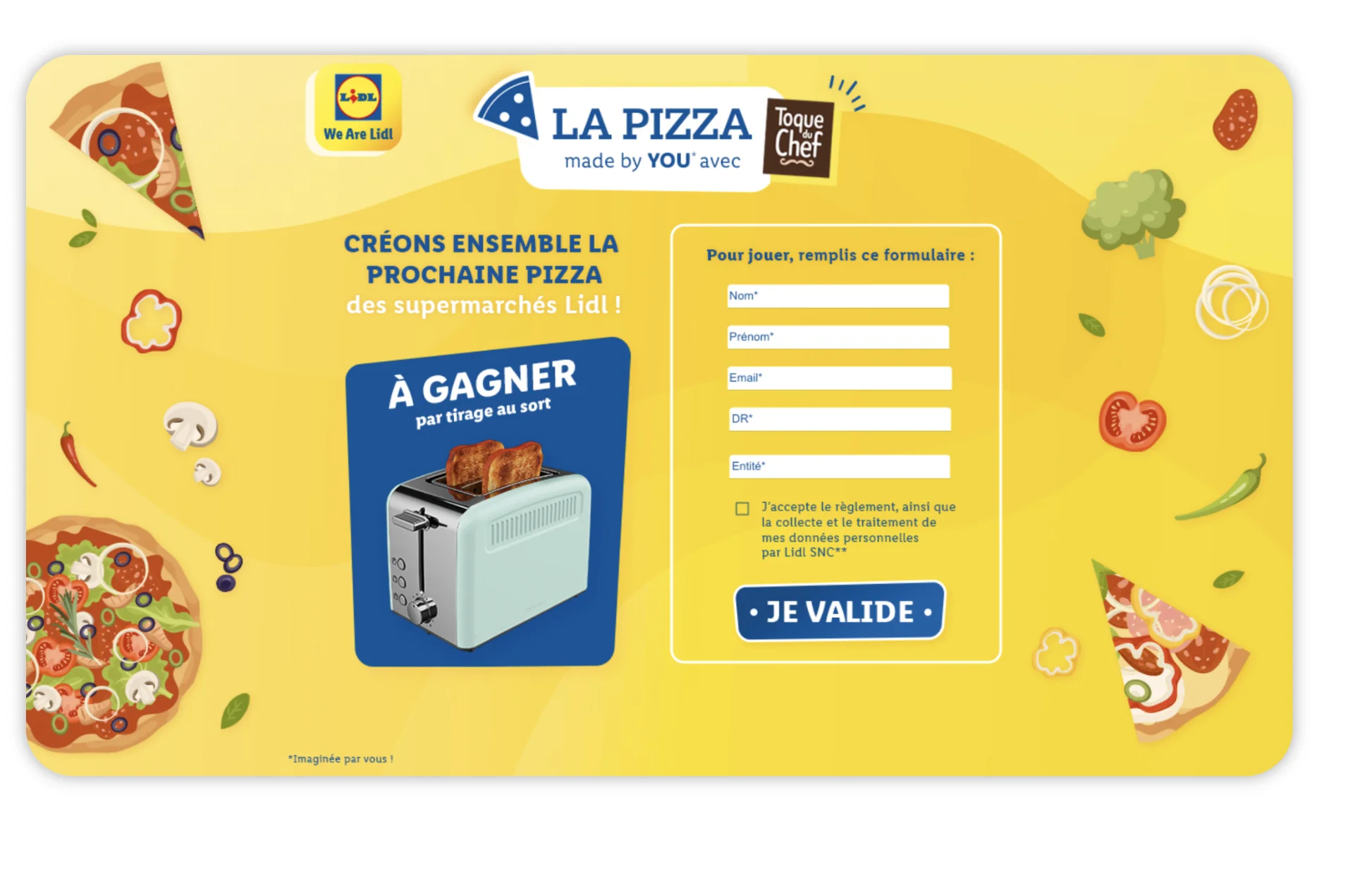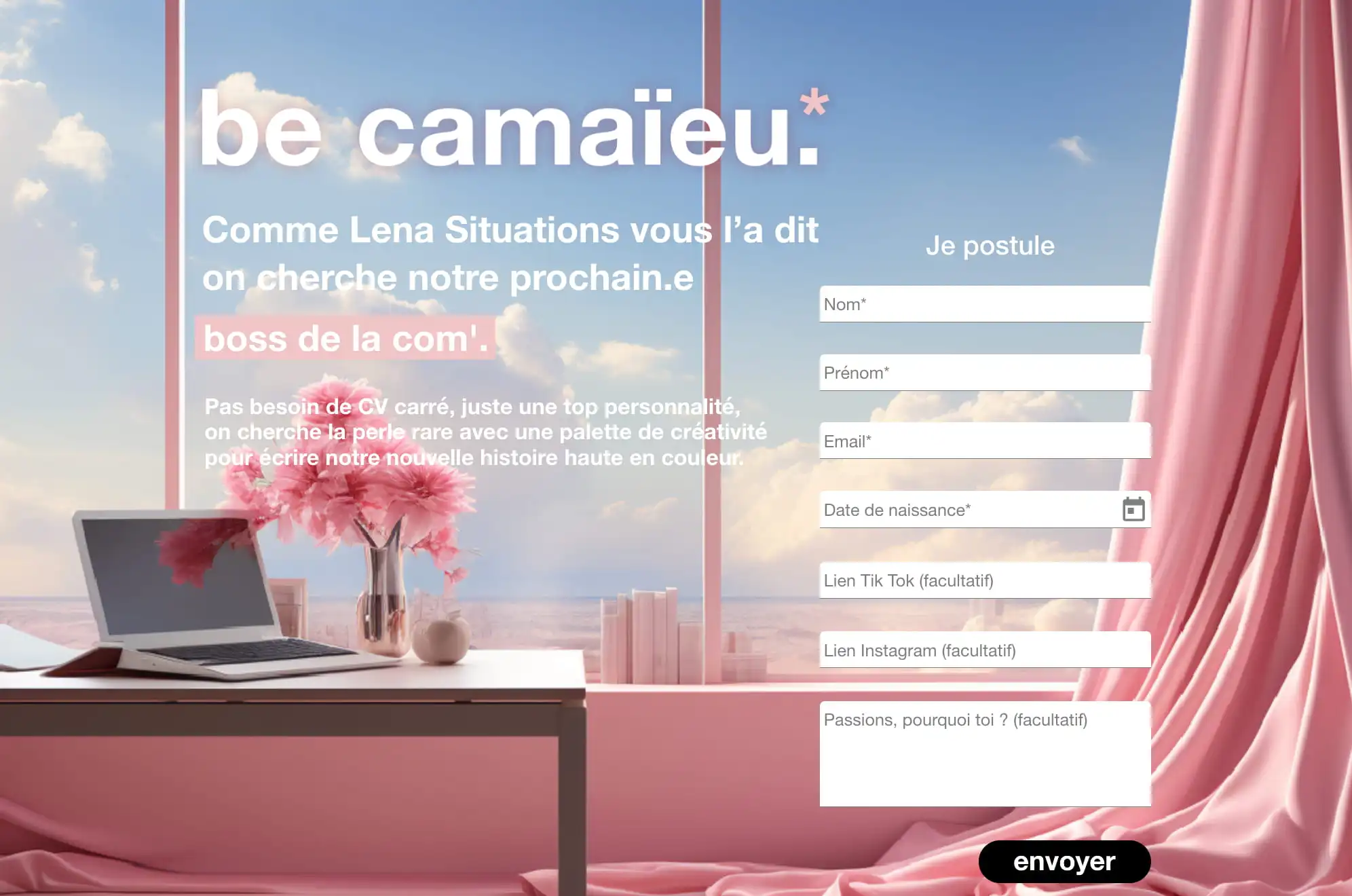
4 AdTech trends to incorporate into your marketing strategy
La manière dont nous communiquons en ligne ne cesse d’évoluer, notamment avec l’usage de l’AdTech. Cela vaut pour les particuliers et pour les marques, qui doivent s’adapter aux nouveaux canaux et stratégies marketing pour garder une longueur d’avance sur leurs concurrentes.
En quelques années, nous sommes passés des encarts publicitaires télévisés ultra scriptés à des campagnes marketing natives sur les réseaux sociaux, créées et portées par les consommateurs. Les marques adoptent ainsi une communication authentique et engageante en misant sur des leviers comme les jeux marketing, les challenges sur les réseaux sociaux ou encore l’UGC.
Ces stratégies marketing repose sur l’usage des nouvelles technologies publicitaires, que l’on appellent aussi AdTech. Quelles sont les tendances fortes pour optimiser la manière dont votre entreprise communique avec son audience ? Comment les intégrer à votre calendrier marketing ? Nous répondons à toutes vos questions !
What is AdTech?
Le concept d’Adtech fait référence à un éventail de technologies et solutions qui permettent à votre marque de créer et diffuser ses campagnes publicitaires. Il peut s’agir de logiciels ou de plateformes SaaS offrant différentes fonctionnalités. Mais encore d’outils plus ciblés qui se concentrent sur la personnalisation, le ciblage, ou le monitoring de vos publicités digitales.
Un très bon exemple d’AdTech est le système de header bidding. Il s’agit d’un programme informatique qui permet de gérer les enchères et de fixer le prix le plus juste entre la régie publicitaire (par exemple Google ou TikTok) et l’annonceur (comme votre marque).
4 tendances AdTech à surveiller en 2023
Le monde des AdTech évolue à vitesse grand V. Pour booster la visibilité de votre marque et maximiser son taux d’acquisition, il est crucial de garder un œil sur les nouvelles technologies publicitaires à intégrer à votre stratégie.
Voici les tendances fortes à surveiller en 2023 :
Advertising programming
La programmation publicitaire (ou programmatic advertising) consiste à automatiser l’achat et la vente d’espace publicitaire sur un large spectre de canaux de diffusion. Mais aussi pour un large choix de format display (y compris les annonces display responsive, qui s’adaptent à l’appareil de l’utilisateur).
Cette technologie permet à votre entreprise d’allouer son budget efficacement et de s’assurer que ses campagnes aboutissent au résultat attendu (nombre de clic, taux de conversion, etc.)
La programmation publicitaire devrait continuer à connaître une forte croissance ces prochaines années. En 2019, plus de 86 % des dépenses publicitaires display ont été programmées. Ce pourcentage dépassera les 91 % en 2023.
Artificial Intelligence and AdTech
L’IA prend de plus en plus de place dans le secteur de l’AdTech. Elle permet d’optimiser la segmentation, d’affiner le ciblage ou encore de personnaliser votre message en fonction des comportements de chaque consommateur.
Netflix utilise par exemple l’intelligence artificielle pour définir automatiquement parmi plusieurs choix de vignettes celle qui a le plus de chances de pousser ses utilisateurs à regarder un film ou une série.
Mobile-first advertising solutions
Les annonceurs reconnaissent de plus en plus l’importance de répondre aux besoins des consommateurs qui utilisent principalement leur mobile pour se connecter à Internet. Les entreprises de l’AD Tech développent donc des formats et stratégies spécifiques aux mobiles, notamment la publicité intégrée aux applications.
The gamification boom in AdTech
L’AdTech est de plus en plus liée au gaming en ligne. Cette connexion se fait à tous les niveaux. On assiste à un véritable boom de la publicité native dans les jeux, en particulier dans les applications de jeu gratuites. Les utilisateurs sont invités à visionner une publicité avant de pouvoir commencer ou continuer leur partie. Cette pratique est de plus en plus populaire, notamment pour les applications partenaires de la plateforme de streaming Twitch.
En parallèle, les publicités intègrent une dynamique de gamification. Les consommateurs étant exposés chaque jour à plus de 1 200 publicités, ils ont développé une forme de banner blindness (soit le fait d’ignorer les informations partagées dans les bannières publicitaires classiques).
Pour gagner la bataille de l’attention, les marques ont donc dû inventer de nouveaux formats, plus ludiques. C’est dans ce contexte que sont apparus les Playables Ads (soit littéralement la publicité jouable). Ces formats display interactifs sont en effet idéaux pour donner de la visibilité aux campagnes, renforcer les performances publicitaires et améliorer la notoriété d’une marque.
Concrètement, la playable ad est donc un mini-jeu qui va s’exécuter pendant quelques secondes. Ce format est devenu si populaire qu’il ne se limite aujourd’hui plus aux applications de jeu mais aussi aux marques généralistes. Elles peuvent ainsi capter l’attention et engager leurs prospects à travers un jeu marketing.
The benefits of Playable Ads for your brand
The Playable ads advertising format offers your brand a number of advantages. The first is to capture the attention and boost the acquisition of your targets by offering them unique and entertaining content.
In the world of gaming, playable advertising is a bit like the interactive trailer for your mobile application. But for a brand in another sector, such as beauty, telecoms or sport, this gamified format is an extension of your game marketing strategy.
Your playable ad allows you to promote a new product or service by letting players discover it in an immersive virtual environment.
Playables ads help you to achieve several objectives:
- Brand awareness: by raising awareness of your offer and demonstrating its added value;
- Engagement: by encouraging users to interact with your brand. Playable ads attract 47% more attention than traditional video ads.
- Conversion: by boosting traffic to your application or website.
- Qualification: by gathering insights that will enable you to capitalise on consumer preferences.
Examples of interactive and playable displays
When it comes to gamification scenarios, you’re spoilt for choice. Memory, Battle, Swiper or Rattrape-Tout. Your brand can draw inspiration from different game mechanisms depending on the product to be promoted and its target audience.
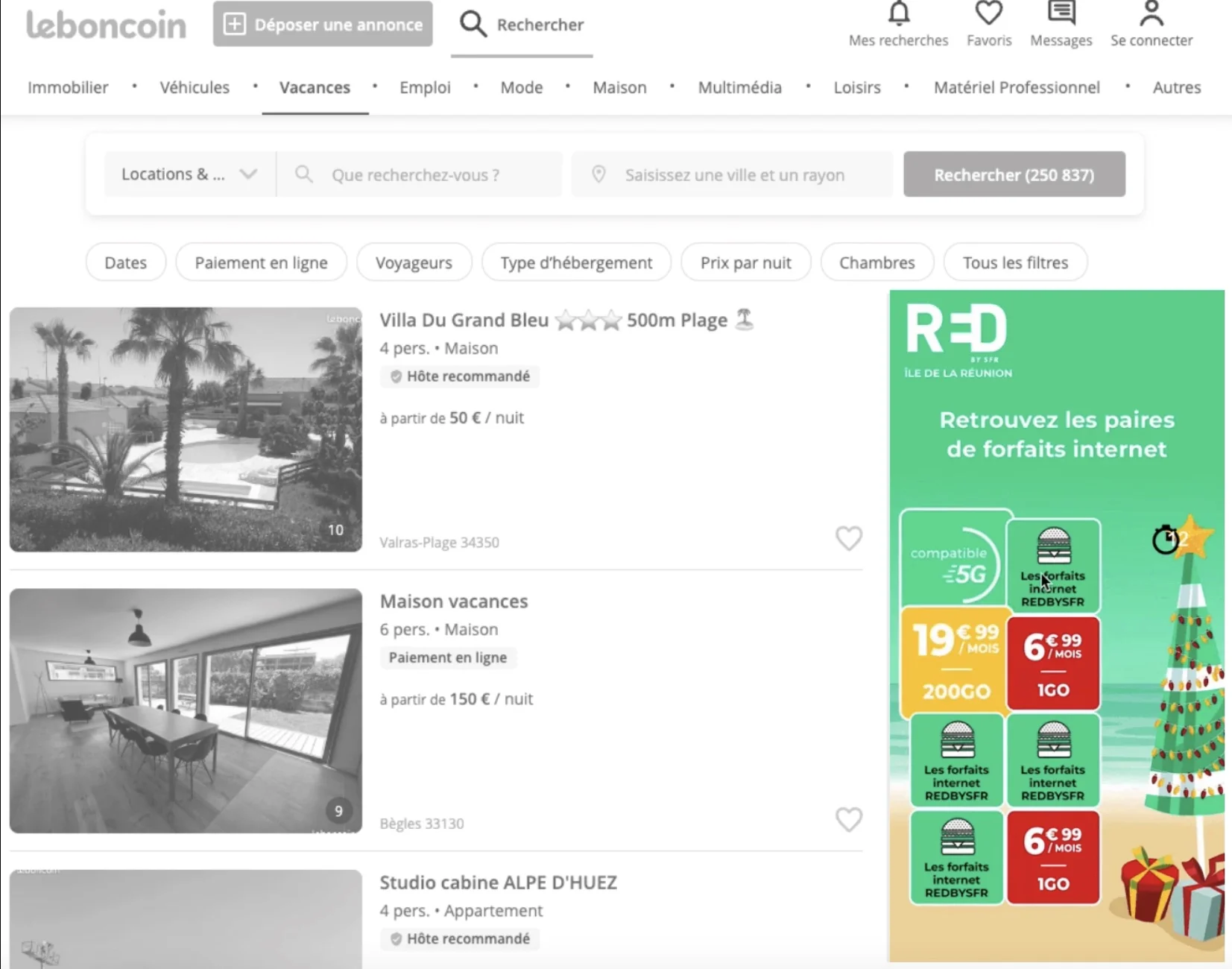
To give you an example of a promotional campaign in the form of Playable ads, RED by SFR recently used the Memory game mechanic to present its range of packages. The interactive format makes the advertising more engaging. But the very nature of the game also encourages better retention of the information presented (and in particular the value delivered by the company).
Conclusion
The new advertising technologies (or AdTech) enable your brand to meet its key marketing challenges and stand out from the competition. Your ability to create unique interactive experiences will be a powerful lever for attracting and converting new customers, as well as gathering and activating valuable insights into your market. Discover our turnkey solutions for creating your Playable ads or opt for customised support for your next campaigns.


